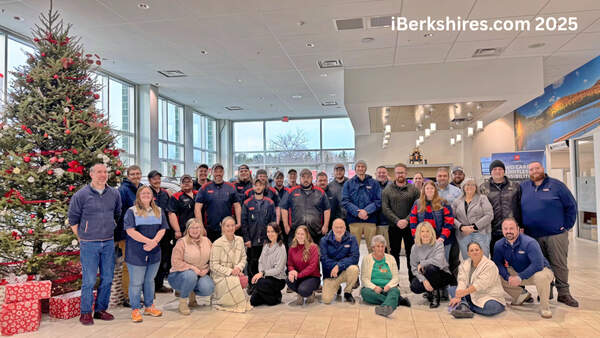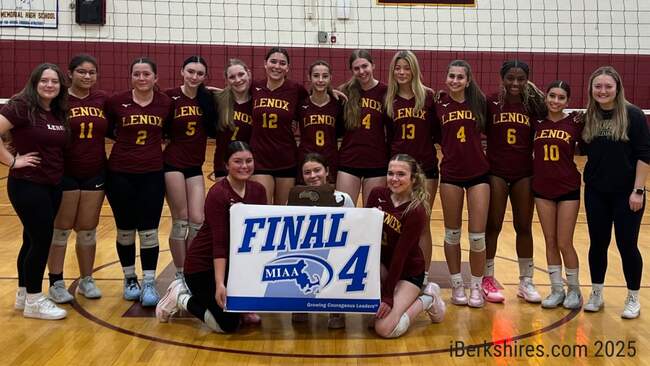
SVMC Joins Project to Increase Accessibility to Menstrual Products
 |
BENNINGTON, Vt. — Southwestern Vermont Medical Center (SVMC) is distributing 50,000 menstrual pads for free in partnership with local and national organizations.
"Period poverty causes physical, mental, and emotional challenges for many. SVMC is proud to join the longstanding community effort to make menstrual products more available and is grateful to both the national and local partners on this project," said Dr. Kimberley Sampson, chair of SVMC’s OB/GYN department. "By making menstrual products available for free, we are working towards creating a positive and supportive environment for menstruating people, and we are here to help them get what they need to live healthy and productive lives."
The pads have been made available through the PERIOD. organization, Walmart, and Always, a Proctor and Gamble subsidiary. The group has committed to giving out 2.5 million pads nationally to people experiencing challenges obtaining or paying for menstrual products.
The 50,000 pads allocated for Bennington are available for free to patients throughout the community thanks, in part, to a partnership with the Alliance for Community Transformations (ACT Bennington). SVMC's VISTA Fellow Sha’mar Dennison has spearheaded the effort and leads the local pad distribution.
ACT’s Take Care Project distributes period products to 10 locations throughout Bennington. Under Dennison and ACT's leadership, some of the pads will be distributed through ACT’s current channels. Others will be distributed through SVMC OB/GYN, SVMC Pediatrics, other local medical practices, and the Bennington Recreation Center/YMCA. Free menstrual products are now available at 15 locations throughout Bennington.
"A lack of menstrual products should never impact someone's ability to work, play, or go to school," said ACT Director Dare Chammings. "These resources from PERIOD., Walmart, and Always and the cooperation from SVMC and other community partners will make a significant difference as people in our community work to overcome barriers to access menstrual care items."
Period poverty is defined as inadequate access to menstrual hygiene tools and education, including sanitary products, due to income or other barriers. In a national survey of 1,000 menstruating teens, 1 in 5 struggled to afford period products and 4 in 5 either missed or knew someone who missed class time because they did not have access to period products. The problem has intensified in recent years due to the economic impacts of COVID, inflation, and a national tampon shortage. Since 2014, the PERIOD. organization has been working to eliminate the stigma of periods and address period poverty by providing menstrual products to those struggling to purchase quality period products due to their expense.
SVMC is a part of Southwestern Vermont Health Care (SVHC).

Tags: SVMC,















